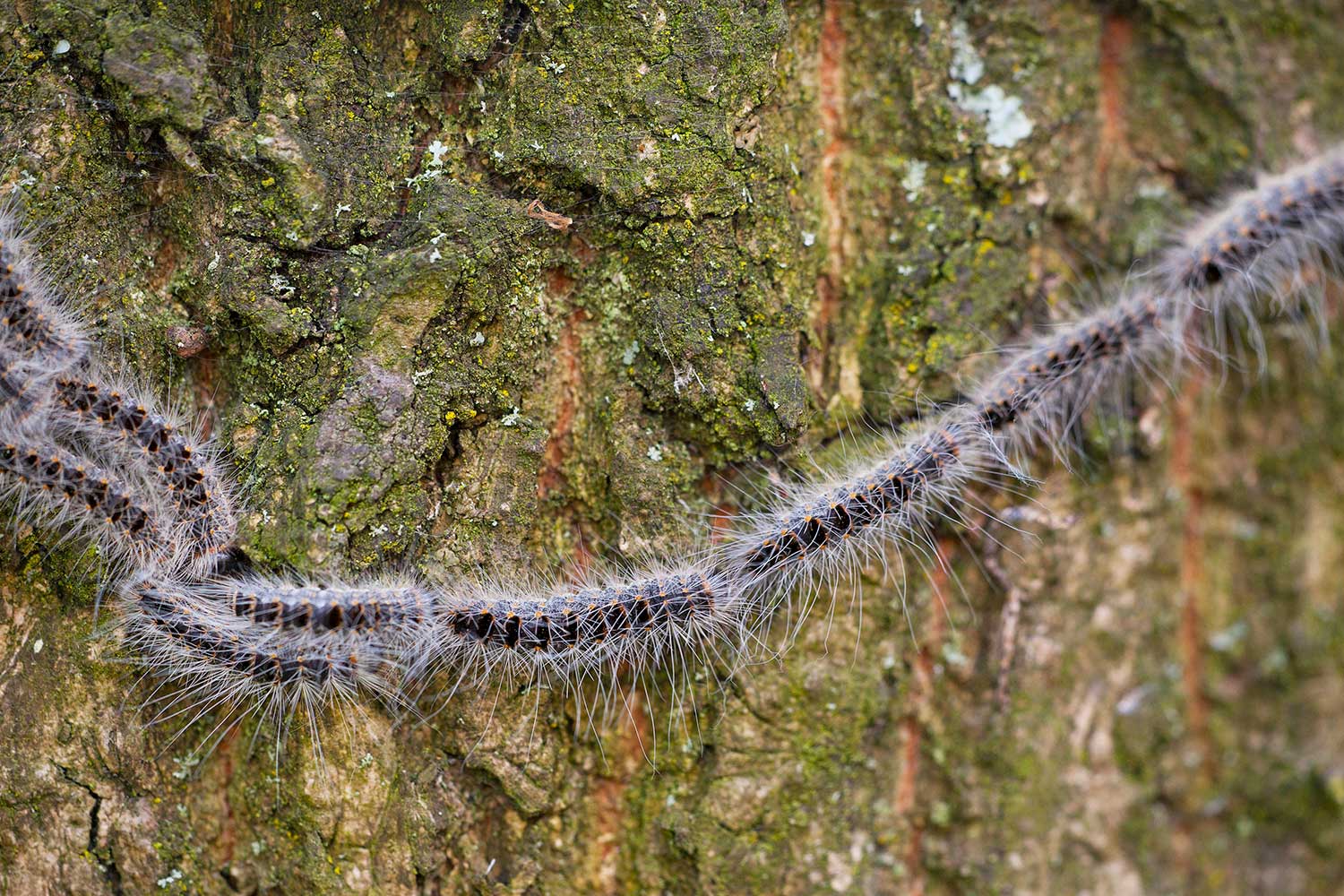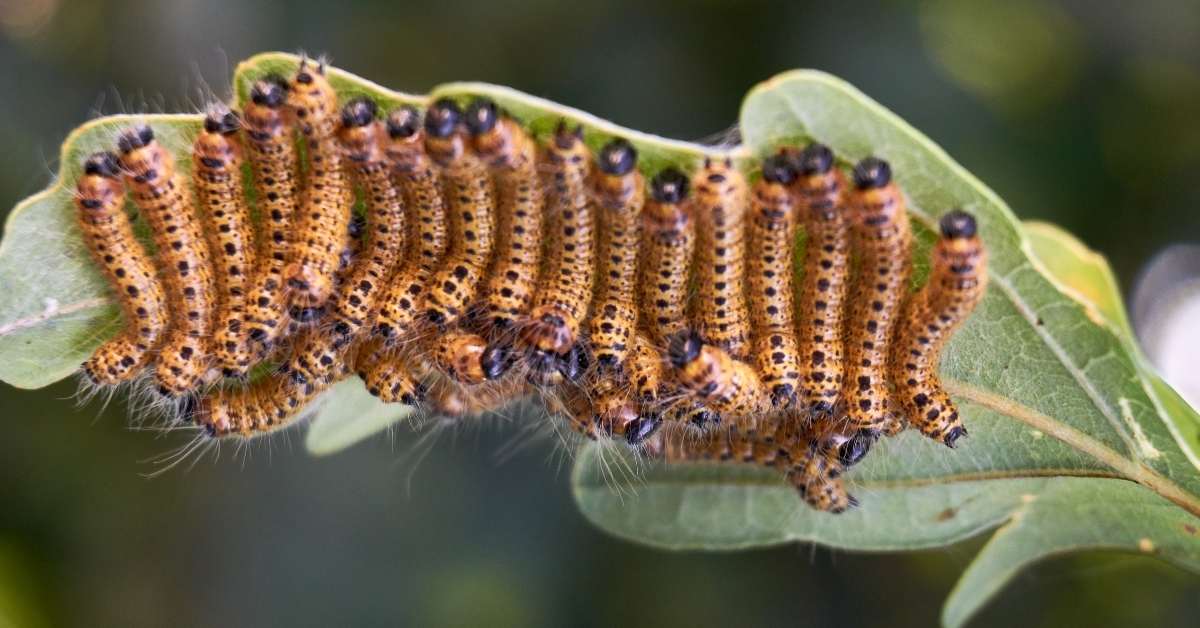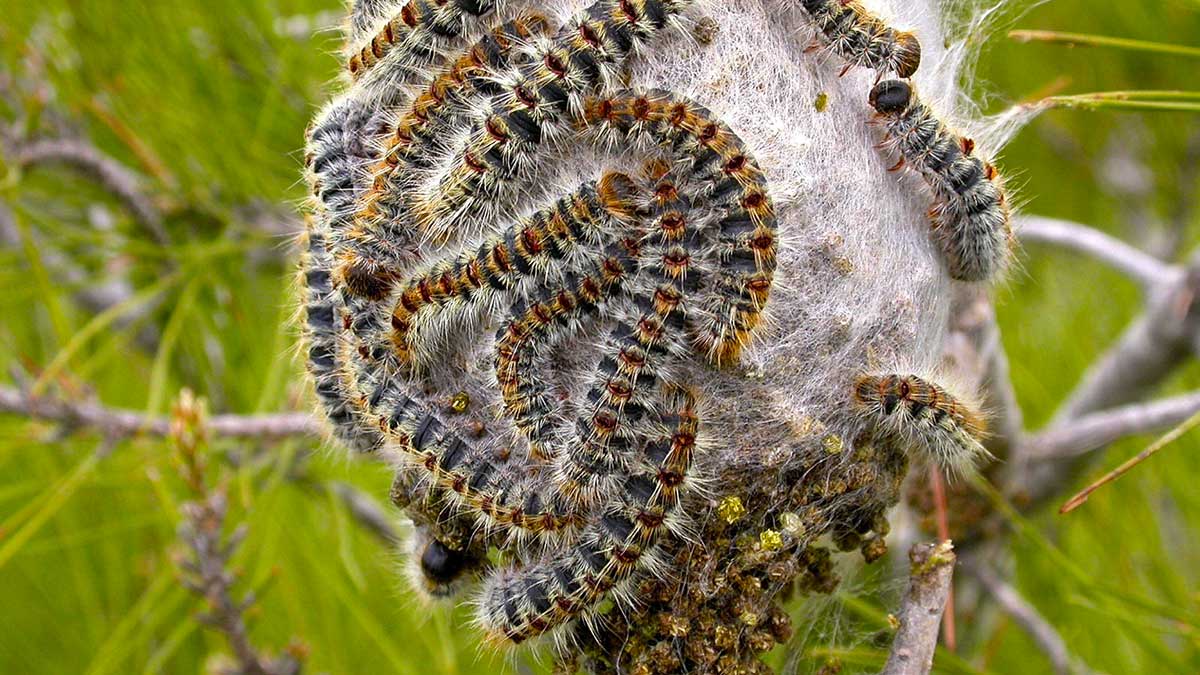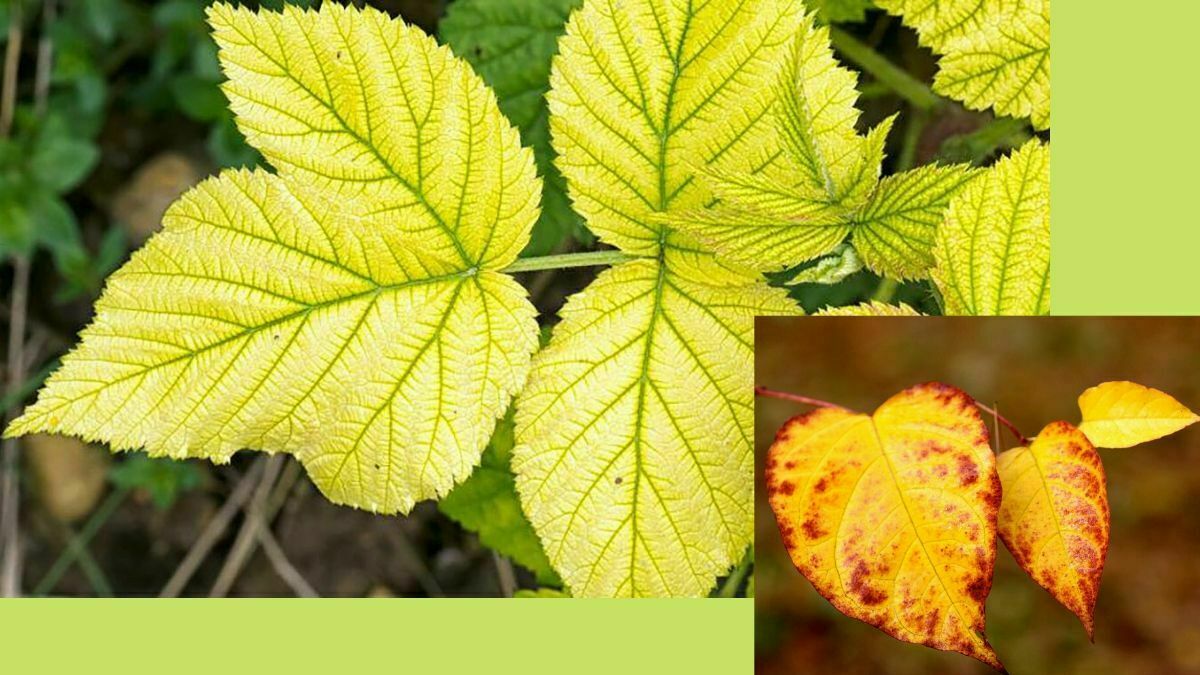The oak processionary moth caterpillars can pose a massive threat to our health with their highly toxic hairs! Keep reading to learn how you protect yourself and get rid of the processionary caterpillar.
Origin
The Oak Processionary Moth (Thaumetopoea processionea) is a moth from the tooth moth family (Notodontidae) and belongs to the native butterfly species. The Oak Processionary Moth, as the name suggests, inhabits almost exclusively oak forests.
Oak-hornbeam forests and oak-pine forests are also not safe from the oak processionary moth. In exceptional cases, it infests other deciduous tree species in addition to oaks. It is called a “processionary moth” because the caterpillars of the moth migrate to their feeding places at night in the characteristic processional line formation.

The home of this insect was originally the warmer regions of Central Europe. However, the mild and dry winters and the generally rising temperatures made the oak processionary moth make its way into our neighborhoods.
Since the super summer of 2003, there has been a warning about these small caterpillars almost every summer because the fine hairs of the larvae can cause severe skin irritations in humans.
You might also like: 6 medicinal plants for insect bites
How to recognize oak processionary moth
The adult oak processionary moth is ash to brown-grey in color and rather inconspicuous. It has a wingspan of up to about 30 millimeters and flies from the end of July to the end of August.
The female of the Oak Processionary Moth lays 300 eggs per year. It prefers places where the caterpillars are not so welcomed.
As they love warmth, they romp around on free-standing oaks in sunny locations, i.e., especially at the edge of forests, in swimming pools, sports facilities, or green areas – places where a particularly large number of people spend time in summer.
Under no circumstances should you attempt to eliminate the animals or nests on your own. If you see oak processionary mothers anywhere, contact the local forest rangers or your local authority. In extreme cases, entire forest paths or even children’s playgrounds may be closed due to oak processionary mothers.
Poisonous hairs

The tiny, barely visible hairs contain extremely effective protein poison (thaumetopoein), which attacks the immune system and may cause a so-called caterpillar dermatitis in humans.
Particularly problematic, they break off when touched and when the caterpillars become nervous or simply wander around. They are equipped with microscopic barbs that bore into the skin.
You might also like: How to get rid of Ambrosia
Usually, intense redness, wheals, and pustules form on uncovered skin areas such as arms, face, or neck within a short time. To make matters worse, the fallen hairs are spread by the wind over a distance of several hundred meters and remain active for years – the ground of an infested area can literally be contaminated in this way.
Especially playing children, excursionists, or even gardeners and foresters come home with painfully itchy eczema, the cause of which seems mysterious.
Signs and Symptoms of the Oak Processionary Moth
The oak processionary moth can cause a variety of symptoms, including inflammatory skin responses, allergic rhinitis, and asthma. These symptoms can occur in people because the caterpillars of this moth are coated in very fine hairs that carry a protein that can induce these symptoms.
The name of these caterpillars comes from the fact that they are frequently observed feeding on oak leaves. Itching, redness, and swelling of the skin are all possible side effects of coming into touch with these caterpillars. The response may become more severe in some people, which may then cause them to have trouble breathing.
If you suffer from asthma, you should make every effort to avoid coming into touch with these caterpillars since they have the potential to set off an asthma attack.
The oak processionary moth, scientifically known as Thaumetopoea processionea, has been found in Surrey.
Both humans and animals are in danger of catching illnesses that are spread by the caterpillar because of its presence on oak trees. Nests that are populated by larvae or caterpillars should not be disturbed under any circumstances.
You should go to a doctor if you have any symptoms, including an itchy rash, conjunctivitis, or any other symptoms, or you may phone NHS Direct at NHS Direct. Between the months of March and April, visitors will not be able to access the nests. May through July is the period of the year when caterpillars provide the greatest threat.
How to Get Rid Of Oak Processionary Moth
If you have oak trees in your garden or nearby, you may encounter a pest called oak processionary moth (OPM). This is a species of moth that has caterpillars that feed on the leaves of oak trees and can strip them bare, leaving them vulnerable to diseases and other threats.
The caterpillars of OPM are also a health hazard for humans and animals because they have tiny hairs that can cause allergic reactions. These hairs can get into the air and touch your skin, eyes or lungs, causing symptoms such as rashes, itching, redness, swelling, coughing and wheezing.
Some people may have more severe reactions that require medical attention. Therefore, it is very important to avoid contact with OPM caterpillars and their nests and to report any sightings to the authorities. The nests are made of white silk and can be found on the trunks and branches of oak trees. They may look like balls, bags or blankets of webbing and may contain hundreds of caterpillars.
The caterpillars usually move in nose-to-tail processions, hence their name. The best way to get rid of OPM is by hiring professional contractors who have the proper training, clothing and equipment to remove the caterpillars and nests safely and effectively.
They will also dispose of them in a way that prevents the spread of the hairs and the re-infestation of the trees. Do not try to remove OPM yourself, as this can be dangerous and ineffective. You may end up spreading the hair and exposing yourself and others to the risk of allergic reactions.
You may also damage the trees or harm other wildlife that lives on them. Instead, leave OPM removal to the experts and enjoy your oak trees without worry.

Natural enemies of the oak processionary moth
Natural enemies of the oak processionary caterpillar are, besides the cuckoo, brackish wasps, ichneumon flies, caterpillar flies, and predatory beetles such as the doll predator.
At least seven bird species can be considered as regular predators of the pine processionary moth: four large migrant specialists (great spotted cuckoo Clamator glandarius, common cuckoo Cuculus canorus, European nightjar Caprimulgus europaeus, and Eurasian hoopoe Upupa epops) and three small sedentary generalists (great tit Parus major, crested tit Lophophanes cristatus and coal tit Periparus ater)
researchgate.net/publication/232409234
Precautions

Basically, one should avoid known infested areas. If you accidentally come across a web of the caterpillars of the oak processionary moth, you should never touch it. If you have been in an infested area, wash your clothes as soon as possible. If you have severe rashes or other serious symptoms, consult a doctor.
Professional control
The removal of the caterpillars or the spider-like nests in which the caterpillars pupate seems almost like decontamination as emergency crews arrive in protective suits and specialized equipment.
It has proved to be a good idea to encapsulate the nests with spray glue, as a jet of water or poking around will cause the hair to be stirred up and spread even more. You should also pay attention to the following: On windy days, the hairs of the oak processionary caterpillar are carried far beyond the infested areas.
Conclusion:
The oak processionary moth is a serious pest that can damage oak trees and cause health problems for humans and animals. It is important to be aware of the signs and symptoms of OPM and to avoid contact with the caterpillars and their nests. If you see OPM on your property or in your area, report it to the authorities and let them handle the removal. By doing so, you can protect yourself, your family, your pets, and your oak trees from this invasive species.
FAQ
How can I identify OPM?
You can identify OPM by looking for the following signs:
Caterpillars in procession on the trunk or branches of oak trees, usually in late spring and early summer.
Nests of white silk on the trunks and branches of oak trees, which may fade to brown over time.
Dislodged nests on the ground near oak trees.
Caterpillars with long white hairs and shorter hairs of different colors.
Where is OPM found?
OPM is native to southern Europe, but it has been expanding its range northward, possibly due to climate change. It was first found in London in 2006 and has been spreading ever since. It is now found in several counties in South East England, including Greater London, Hertfordshire, Hampshire, Essex and Berkshire.
What are the health risks of OPM?
OPM can cause health risks for humans and animals, such as:
Skin rashes, itching, redness and swelling, which may last for several days or weeks.
Eye irritation, conjunctivitis and inflammation, which may affect vision.
Respiratory problems, such as coughing, wheezing, asthma and difficulty breathing, which may require medical attention.
Anaphylactic shock is a severe allergic reaction that can be life-threatening which may occur in rare cases.
How can I prevent OPM infestation?
You can prevent OPM infestation by taking the following steps:
Avoid planting or buying oak trees from areas where OPM is present or suspected.
Check your oak trees regularly for signs of OPM and report any sightings to the authorities.
Keep away from known infested areas and follow any warnings or closures issued by the authorities.
Wash your clothes and pets if you have been in an infested area.
Seek medical advice if you have any symptoms of OPM exposure.
Image credits: Wikimedia



Thanks for this awesome article you wrote out there. I didn’t know those creepy things were such dangerous. Now I’m gonna kill them all.